We’re back to our regular SHPO Shout-Out post this month, and I get to tell you about some great local preservation activities, two national award winners, and a cool new park in Jefferson County. Two quick things before I launch into my list of happy news: have you taken our online survey for the next statewide historic preservation plan yet? Or have you registered for the upcoming Statewide Conference on Heritage? There is still time to do both! Continue reading
Category: Archaeology (Page 14 of 16)
What better way to celebrate archaeology during Preservation50 than to share the PA State Historic Preservation Office’s recently revised and newly issued of the Guidelines for Archaeological Investigations in Pennsylvania? Another bit of big news is that the revised Guidelines are being released in tandem with the much-anticipated Pre-Contact Probability Model layer on CRGIS.
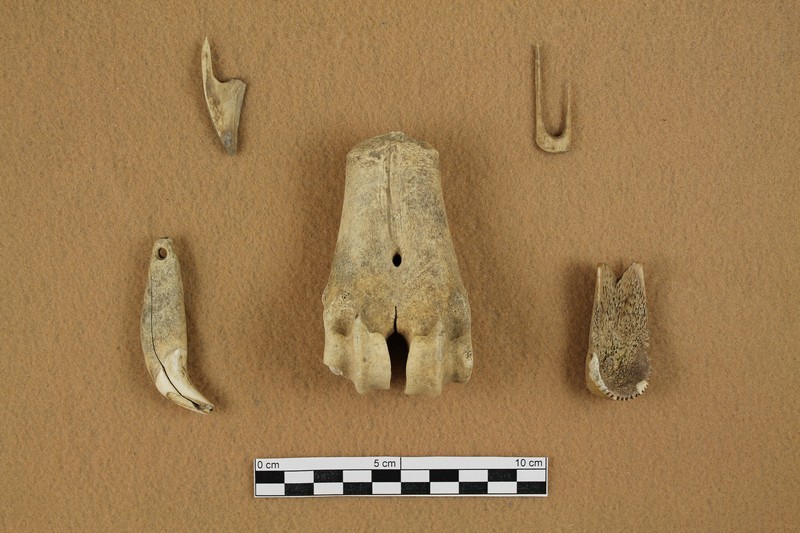
What is your most amazing discovery?
by Christine Davis, Christine Davis Consultants, Inc.
After 30 years of excavating archaeological sites in Pennsylvania, I’m often asked about my most amazing discovery. I would not hesitate for a moment to say it was our large-scale excavation of the Freeport Site in Freeport Township, Greene County, which revealed an extraordinary Native American archaeological site dispersed across 11 acres of land above the Monongahela River.

Clouds by Day and Fire by Night: Industrial Archaeology at the Harrisburg Nail Works
by Jonathan Libbon, RPA
Perhaps no other theme in Pennsylvania’s history is more important than industry. With October being National Archaeology Month, it’s a great opportunity to highlight industrial archaeology in Pennsylvania. The archaeology of industrial sites focuses on the industrial process, the history of labor and management, and the artifacts and features that remain. Understanding the industrial past allows us to understand not only Pennsylvania’s past, but often our very own. Continue reading
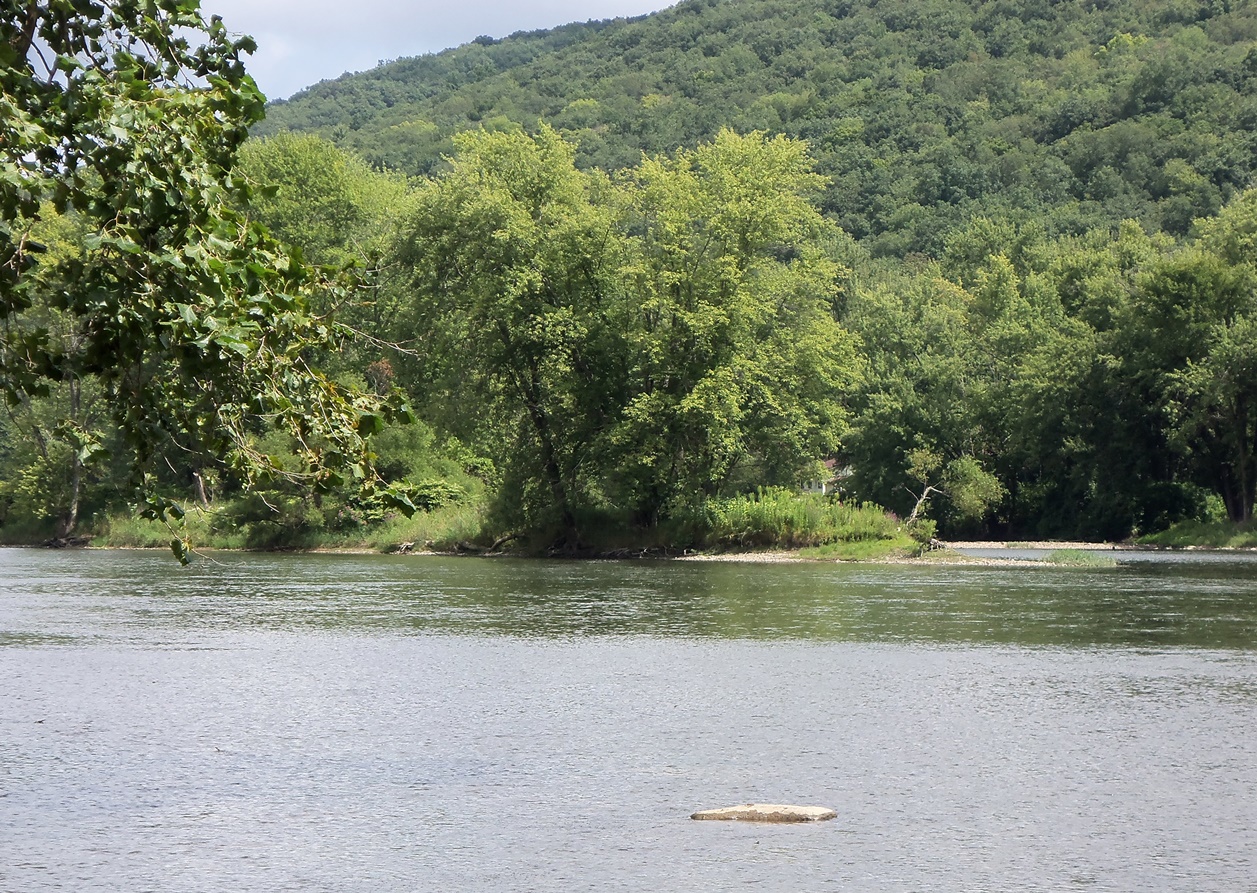
Into The Wilderness Part 2: Getting Our Bearings On Thompson’s Island
In my last post about the Battle of Thompson’s Island, I gave a brief background on the conflict and discussed the National Park Service’s American Battlefield Protection Program (ABPP) grant our office received to find the battlefield. Like the campaign itself, the project has continued moving. Continue reading
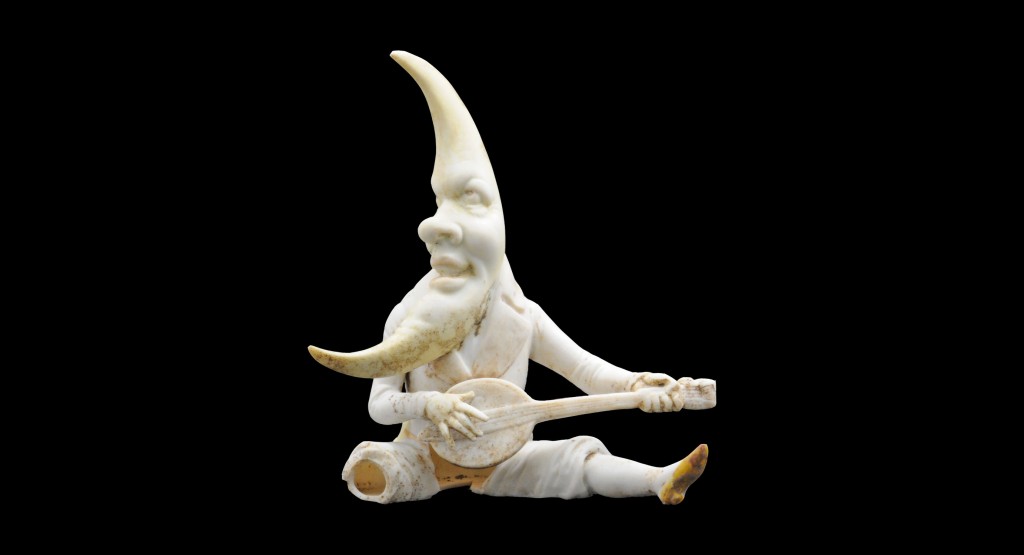
Digging Deep: Pennsylvania and the Making Archaeology Public Initiative
by Joe Baker, PennDOT Cultural Resources Program
On a lovely morning in early autumn, I arrive at an old farm along the Susquehanna River to find Dr Frank Vento in his natural element. That is to say, he is squatting down at the bottom of backhoe trench some eight feet deep, carefully examining the many layers of flood-deposited sediment left behind by the great river. Frank is a geomorphologist: a geologist and archaeologist whose specialty is the formation of floodplains, terraces, and other kinds of landforms created by the interaction of climate, gravity, water, wind, and sometimes, humans. Frank is down there looking for something, and as I walk up to the edge of the trench, he finds it.
“Hah! I knew it!” Continue reading

Spotlight Series: McKees Rocks Mound

Location of McKees Rocks Mound on the bluff overlooking the mouth of Chartiers Creek with the Ohio River in the foreground. This photograph was taken in 1896 and is used courtesy of the Section of Anthropology of Carnegie Museum of Natural History. It was taken from either from a boat or Brunot’s Island in the Ohio River. The white arrow was added by the excavators. There is a train track at the base of the bluff. The author added the mound outline, dark arrow pointing to the railroad line and mound label.
McKees Rocks Mound was the largest prehistoric mound found in Western Pennsylvania. It was 16 feet high and had a basal diameter of 85 feet. The mound was well known in the 19th century and was located on a bluff overlooking where Chartiers Creek enters the Ohio River in the borough of McKees Rocks. Continue reading

New Historical Markers Approved for 2015
The Pennsylvania Historical and Museum Commission (PHMC) approved 22 new historical markers at its March 4, 2015 meeting. There are currently more than 2,000 PHMC markers throughout Pennsylvania and the program is one of the most popular and visible aspects of the Commission’s work. The Commission has standard approval criteria that, among other things, require marker subjects be of statewide and/or national historical significance. The majority of the newly approved markers are in Philadelphia (9), which is also where the most (20) nominations came from. With such a long and rich history, it is no surprise that Philadelphia has the largest number of markers of any county in the state (over 250). The Marker Program encourages broad distribution, so individuals and organizations from the other 66 counties are encouraged to research their history and develop nominations for people, places, events, and innovations with statewide and/or national historical significance in their own area. Continue reading
By Jill Hall and Karen Marshall
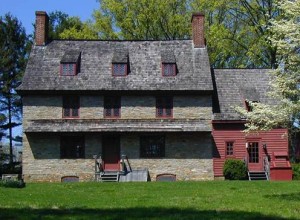
Brinton 1704 House and the surrounding lands were the location of core combat actions in the final phase of the Battle, Chadds Ford, Delaware County
On September 11, 1777, British General William Howe and his professional army engaged General George Washington and his citizen soldiers along the banks of the Brandywine River about 30 miles southwest of Philadelphia. Part of a larger strategy known as the Philadelphia Campaign, the Battle of Brandywine was one of the earliest and largest battles of the American Revolution, encompassing some 30,000 British and American soldiers. The Battle lasted from sunup to sundown, instantly changing the character of a quiet farming community that consisted predominately of Quakers. Although the Battle of Brandywine was a loss for the Americans, they proved that they had the resiliency to withstand the British, increasing French support of the American cause. Continue reading
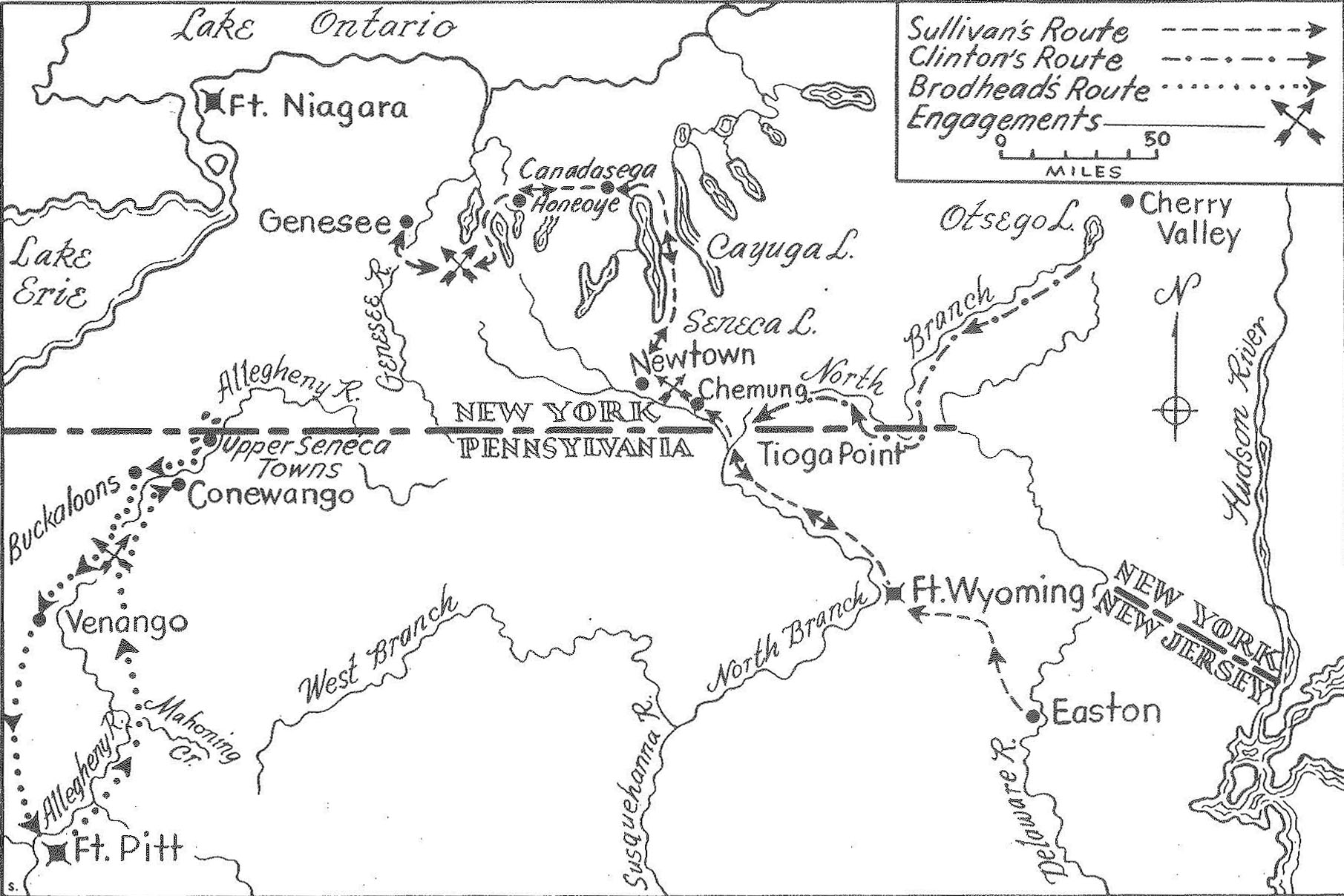
Into the Wilderness!: The Search for Thompson’s Island
In July 2014, the Bureau for Historic Preservation received an American Battlefield Protection Program planning grant from the National Park Service to locate, document, and delineate the boundaries of a significant, but little known Revolutionary War conflict site in northwestern Pennsylvania. The Battle of Thompson’s Island, in present day Warren County, is listed with “Other Sites of Interest” in the 2007 Report to Congress on the Historic Preservation of Revolutionary War and War of 1812 Sites in the United States, but its exact location is unknown. In fact, it is possible that the battle simply took place near Thompsons Island, not on it—but we are certain that it is located within the Allegheny National Forest. This project seeks to answer some of those questions. Continue reading


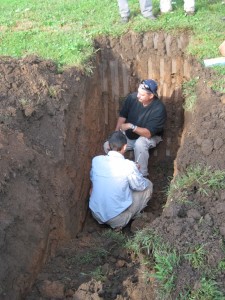
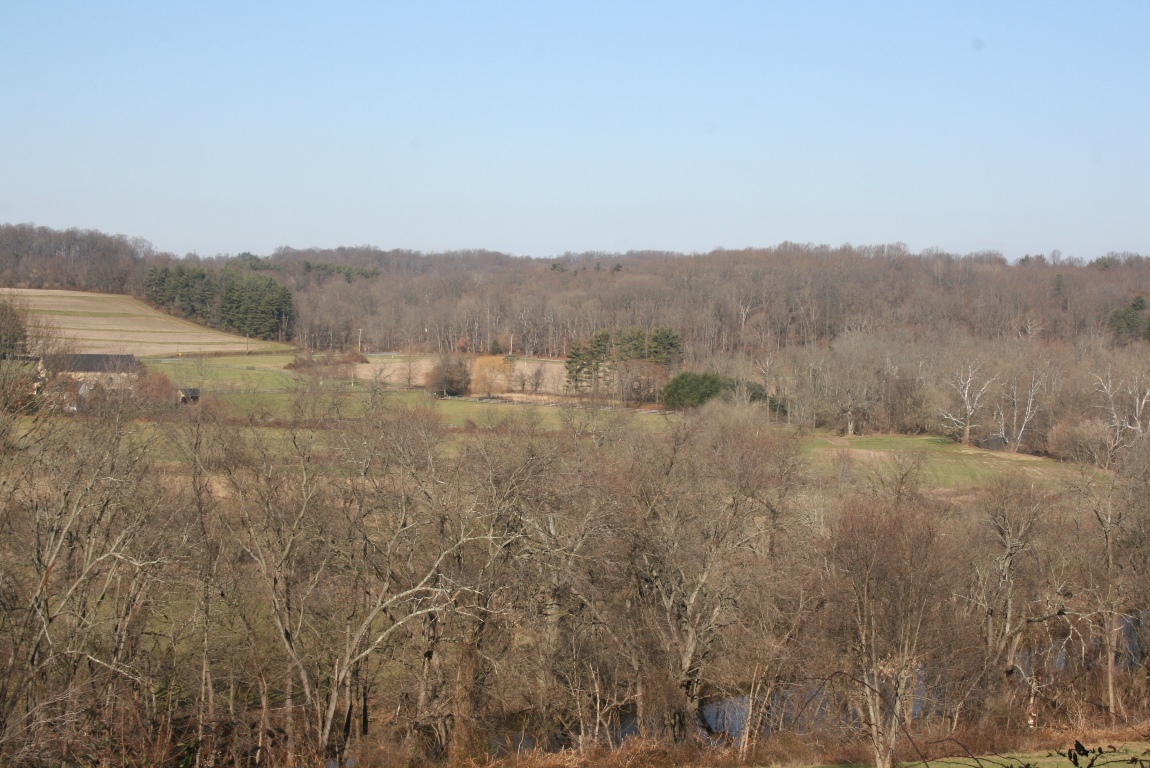
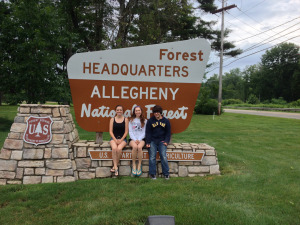
Recent Comments